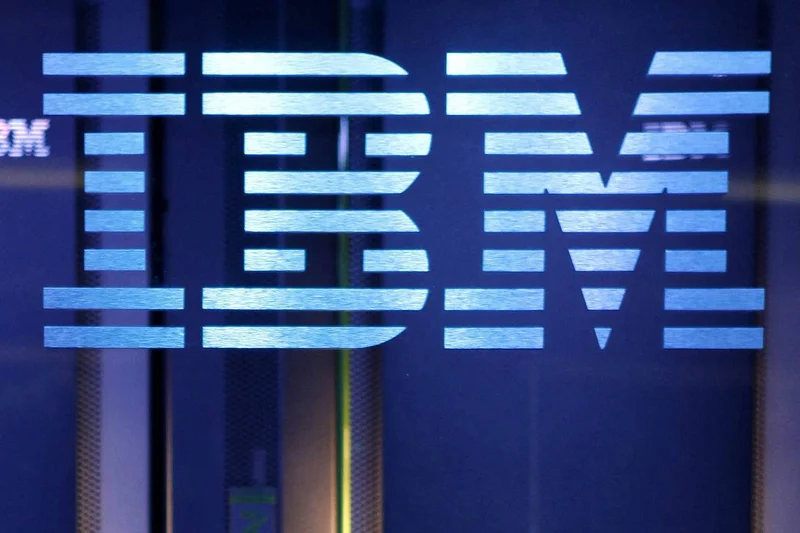IBM Layoffs 2025: AI's Impact and What We Know
IBM's "AI Pivot" Math Doesn't Add Up
IBM is at it again. The tech behemoth, a name synonymous with “corporate restructuring,” is trimming its workforce (again) under the banner of an “AI pivot.” This time, the cuts are estimated to impact a "low single-digit percentage" of its 270,000 global employees. Let's translate that corporate-speak: we're talking about somewhere between 2,700 and 5,000 jobs potentially gone. IBM layoffs underway globally in Q4 2025 as workforce strategy reshaped by AI
The Numbers Behind the Narrative
The official line? IBM is “rebalancing” its workforce to focus on high-growth areas like AI and cloud services, particularly its Red Hat acquisition. Software revenue did jump 10% in the last earnings report. CEO Arvind Krishna is quoted saying clients need help "designing, deploying and governing AI at scale," which sounds great in a press release. But the devil, as always, is in the details.
Red Hat, the supposed engine of this growth, saw its own growth slow to 12% last quarter. That's still double-digit, sure, but it fell short of investor expectations. (The market hates uncertainty, even if the absolute numbers are solid.) Krishna expects Red Hat to return to "mid-teens or close to mid-teens growth." But what if it doesn't? That's the question nobody seems to be asking.
I've looked at hundreds of these earnings reports, and this particular emphasis on future projections always raises a red flag. It suggests current performance isn't quite justifying the hype.
The cuts, according to reports, are hitting the infrastructure division hardest – potentially a 50% reduction in the US infrastructure group. That’s a massive shift.
Here's the discrepancy: IBM is selling this as a strategic realignment, a surgical cut to remove dead weight. But a 50% reduction isn't a realignment; it's an amputation.
The AI Hype Machine
IBM isn't alone. Amazon is shedding 14,000 corporate roles. Even IBM itself used AI to automate HR tasks, eliminating a couple of hundred jobs earlier this year. The whole industry is chanting the "AI" mantra while quietly reducing headcount. It's a self-fulfilling prophecy: claim AI is the future, cut costs to invest in it, and then point to the cost savings as proof AI is working.

But how much of this is genuine innovation, and how much is just financial engineering disguised as technological progress? The question remains.
The narrative is compelling: replace expensive humans with cheaper, more efficient AI. But what happens when everyone is doing it? When the market is saturated with AI-powered solutions, and the competitive advantage disappears? What happens to the long-term innovation pipeline when entire divisions are gutted? These are the questions that get glossed over in the rush to embrace the latest trend.
And this is the part of the report that I find genuinely puzzling: IBM is simultaneously laying off thousands of people and claiming its US employment will remain "relatively unchanged." That implies a hiring spree elsewhere in the company. But what skills are they hiring for? Are they truly finding enough qualified AI specialists to offset the loss of infrastructure expertise? Or are they simply shifting bodies around to create the illusion of stability?
It's like rearranging deck chairs on the Titanic – a frantic effort to appear in control while the underlying ship is taking on water.
Smoke and Mirrors Accounting
IBM's stock price hasn't exactly skyrocketed on this news. It's remained relatively stable, suggesting investors are either cautiously optimistic or, more likely, already factored these kinds of restructurings into their expectations. The market has seen this movie before.
The company exceeded expectations for revenue, profit, and free cash flow. That's great. But these numbers don't tell the whole story. They don't reveal the human cost of these "resource actions," the anxiety and uncertainty faced by thousands of employees. They don't account for the potential loss of institutional knowledge and expertise that walks out the door with those laid off.
IBM's "AI pivot" is presented as a bold move, a necessary step to stay competitive in a rapidly changing landscape. But looking at the numbers, it feels more like a desperate attempt to maintain profitability in the face of slowing growth, a shell game disguised as strategic innovation.
So, What's the Real Story?
IBM's "AI pivot" isn't a revolution; it's a cost-cutting exercise dressed up in futuristic jargon. The math simply doesn't support the narrative.
Tags: ibm layoffs
New York Life & Affirm: A $750 Million Question Mark
Next PostStables Labs USDX: Emergency Liquidation Vote Underway and What It Means
Related Articles
